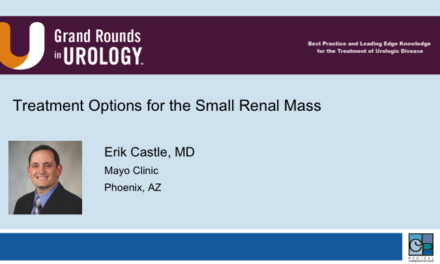
Association between stool bacteriomic profile and response to sunitinib in metastatic renal cell carcinoma (mRCC)
Abstract
Emerging clinical evidence suggests a link between stool microbiome composition and immunotherapy response (Wargo et al ASCO-SITC 2017). In the context of mRCC, where vascular endothelial growth factor (VEGF)-targeted therapies represent a cornerstone of treatment, it is unclear how the microbiome may influence clinical outcome.
Patients (pts) with mRCC being treated with sunitinib were included. Five consecutive stool samples were collected at baseline and at weeks 2, 3, 4 and 12 of therapy. Gut microbiota composition were assessed in responders (R: complete/partial response and stable disease) and non-responders (P: primary progression). To assess microbiota composition; microbial DNA was extracted, 16s RNA gene tags (v4) were generated by PCR amplification and sequenced using MiSeq (Illumina). Sequence reads were processed by Mothur software, as described in MiSeq SOP, assembled in Operational Taxonomic Units (OUT), taxonomically annotated to the level of genus and used to construct Bray-Curtis dissimilarity matrix. The similarity of samples
Of 6 pts, 4 were evaluable for response. Stool bacteriomic profiling shows that 25,304 OTUs were attributed to 165 genera from 8 phyla. PCo analysis reveals that first two PCo’s can explain 51.5% of data set variation. Subsequent k-means clustering confirms the difference of microbiota in R and P groups. The produced clusters are perfectly aligned with R and P groups. ANOSIM test further confirms the significance of this separation (p=0.005) (Figure 1). The analysis of microbiota composition in P and R groups revealed 14 differentially abundant taxonomic units at the genus level, with 5 present at more than 1% abundance. Namely, Bacteroides, Barnesiellavere and Phascolarctobacterium spp were elevated in group R, while Bifidobacterium spp and Dorea spp were elevated in group P (p<0.01 for all).
We report the first in-human study suggesting a link between microbiota and response to sunitinib. Although limited by sample size, we identify a significant discrepancy in stool bacteriomic distribution between P and R.
Authors: Dizman, Nazli | Poroyko, Valeriy | Wong, Hae Jung | Decat Bergerot, Cristiane | Gustavo Bergerot, Paulo | Maia Caitano, Manuel | Hsu, JoAnn | Frankel, Paul | Jones, Jeremy | Salgia, Ravi | Pal, Sumanta Kumar
Journal: Kidney Cancer, vol. 2, no. s1, pp. I-S50, 2018




